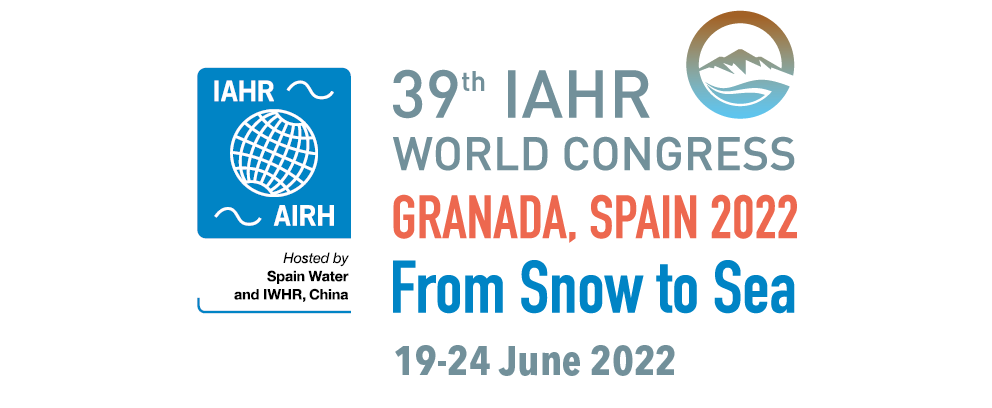Iliad to present at the 39th IAHR World Congress 2022
Start: Sunday 19th June 2022
End: Friday 24th June 2022
Location: Granada, Spain
The 39th IAHR World Congress 2022 will be held in Granada, Spain, from 19th until 24th June 2022.
The event is organised by the Congress Organising Group (COG) of the 39th IAHR World Congress and the International Association for Hydro-Environment Engineering and Research (IAHR).
The event will focus on the theme ‘From Snow to Sea’, covering the integral water cycle with the aim of addressing current and future challenges. Other topics that will be covered during the congress include: Human-water relationships, Snow, river and sediment management, Environmental hydraulics and urban water cycle, Hydraulic structures, Water resources management, valuing and resilience, Computational and experimental methods, Coasts, estuaries and shelves, and Extreme events: from droughts to floods.
Athanasios Angeloudis of The University of Edinburgh and Iliad partner will present a paper entitled:
'Tidal Array Spatial Optimisation combining Shallow Water Equations and wake superposition modelling' with content relevant to Iliad.
Alongside the main congress, special sessions will be held to collaborate with experts from various disciplines. An exhibition will also be organised to present innovations in equipment, software and instrumentation, and emphasise relevant achievements from practice. Workshops and training opportunities will be available during the event.
Abstract Description: Tidal array optimisation is a multifaceted problem that aims at the improvement of an array design's performance, including its overall power yield. Benefits include reductions in investment uncertainty, thus supporting the tidal stream energy industry to reach its potential. Considering the complex, high-energy tidal hydrodynamics at proposed sites, defining an optimal array layout is challenging and remains an active research area. Existing optimisation methodologies can be either computationally untenable or restrictively simplified for practical cases. We present an optimisation approach that combines an analytical-based wake model, FLORIS, with a coastal ocean hydrodynamics model, Thetis. The approach is first demonstrated through idealised steady and transient flow cases to highlight hydrodynamics structures that are overlooked, including spatial complexity, tidal asymmetry, and the practical exploitation of blockage effects. We thus explore the use of analytical wake superposition in combination with the use of simple heuristic techniques to achieve turbine array optimisation at a fraction of the computational cost of alternative methods. Towards this objective, we designed a custom condition-based placement algorithm. The algorithm is applied to the Pentland Firth, including a case of 24 turbines that follow a power curve constrained by a rated speed of ~3.0 m/s. This case study serves to demonstrate device-specific implications whilst also considering the temporal variability of the tide. Overall, this turbine layout optimisation process is able to deliver an array design that is 12% more productive on average than a staggered layout. Performance was quantified through assessment of the optimised layout using a shallow water equation model which more correctly represents turbines through discrete momentum sink terms.
